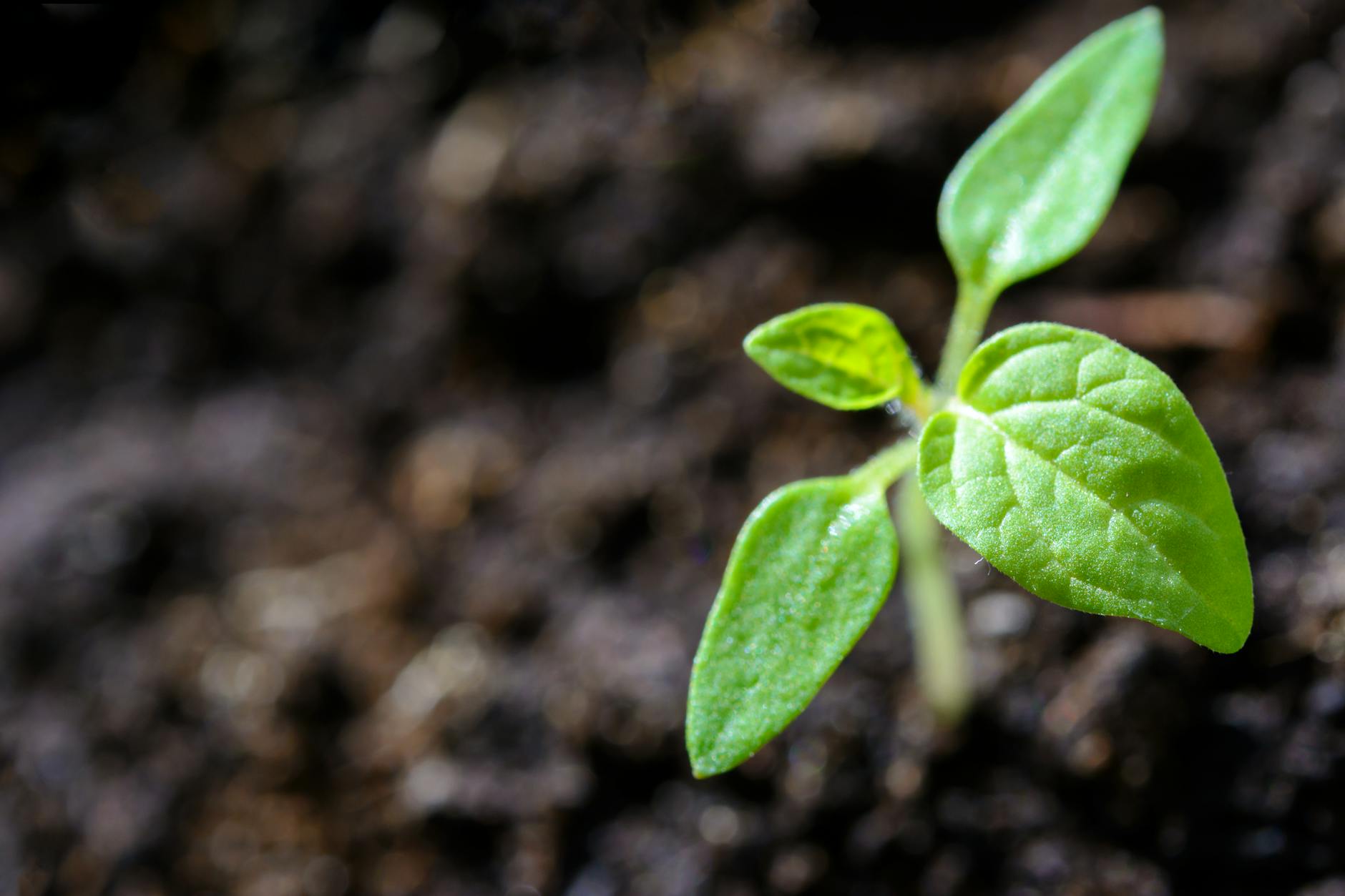Maximilian Schmidt from RWTH Aachen University in Germany presented at London Calling 2019 on “PLant de novo genome sequencing and assembly using Oxford Nanopore technology.” Schmidt spoke about extraction, sequencing, and bioinformatics as the three main phases of plant genome sequencing. They sequenced Solanum pennellii tomato. They incubated the plant in the dark for two days to cut down on starches. The genome size is ~1Gbp. It took 31 MinION runs with 17 libraries to generate 114 Gbps of data with R9.4 and LSK108 library prep with Blue Pippin size selection. Schmidt and team then sequenced Vinca minor. The genome size is ~750 Mbp with 23 Chromosomes. DNA extraction was challenging, and nuclei-based extractions with hexylene glycol or sucrose were used. They also used a variety of library approaches, including RAD002 rapid library prep, LSK 108 with 12 and 15 Kb size selections, and LSK 108 with “one pot” reactions. They did de novo assemblies with Canu and polished with Illumina. This project helped the team learn what to improve. They developed better library preparation workflows. They switched from g-tube shearing to needle shearing. The next project was sequencing Physalis ixocarpa. This project built on previous improvements, and the team experimented with assembly and error correction approaches. They next sequence Physalis alkenkengi, an ornamental plant with 2 Gbp genome. this project used LSK109 library prep with Pippin HP+ 30Kb. The basecalling used the flip-flop model. Schmidt then spoke about their transcriptomics approaches to identify genes for these genomes. They used a modified pine needle RNA extraction method to obtain enough high-quality RNA. This session was full of interesting bits of information and suggestions.



